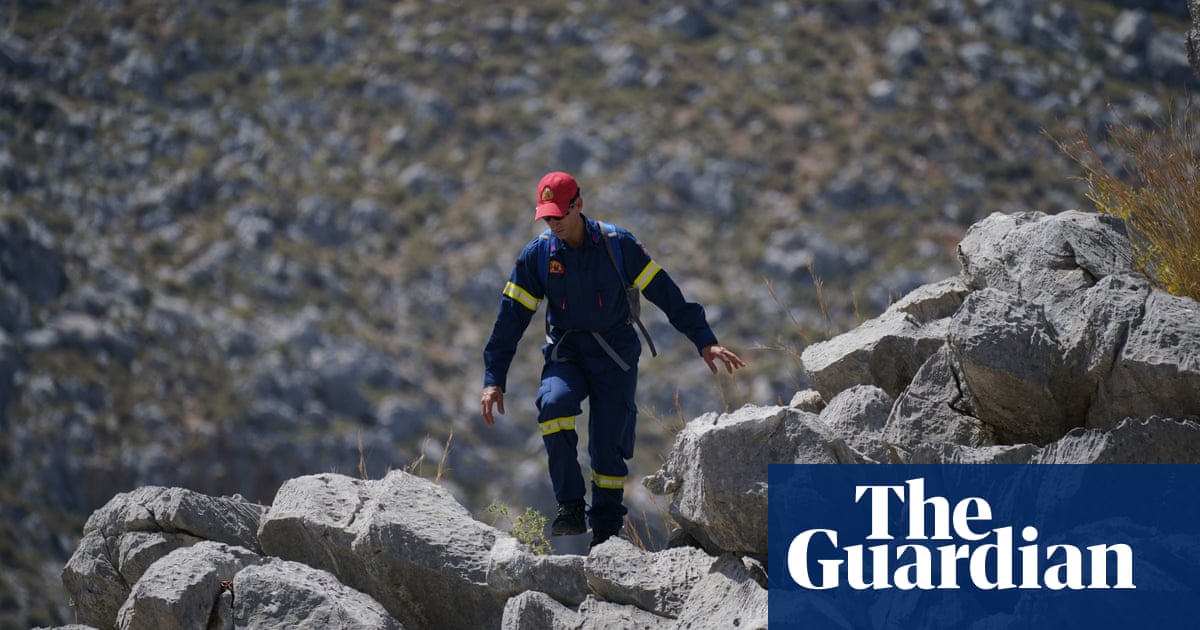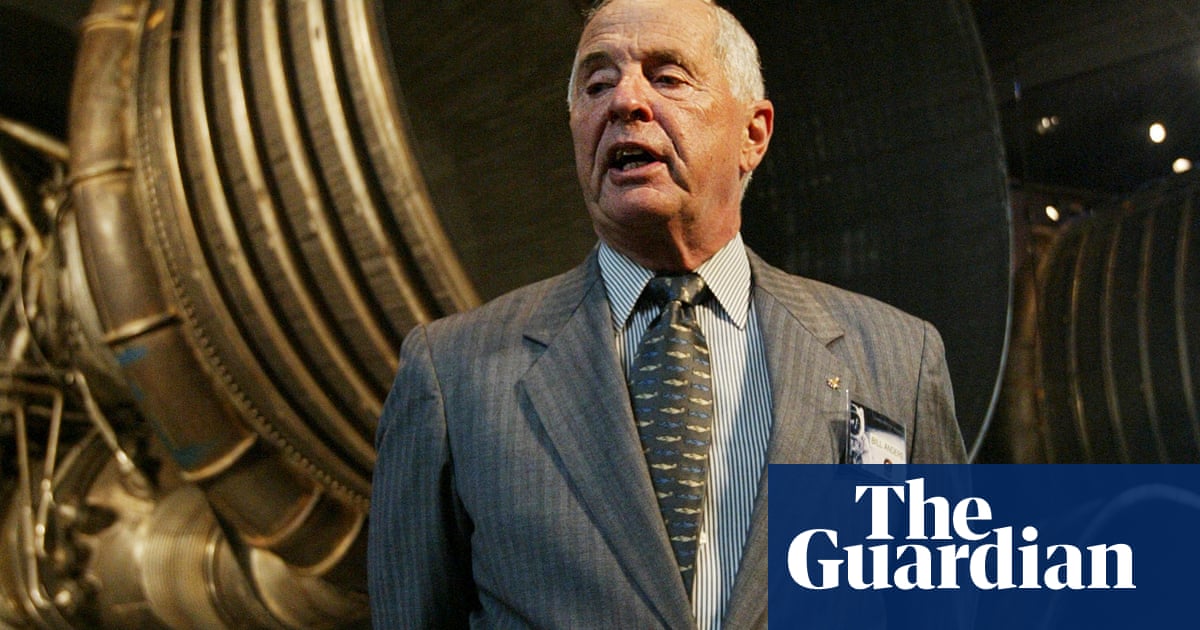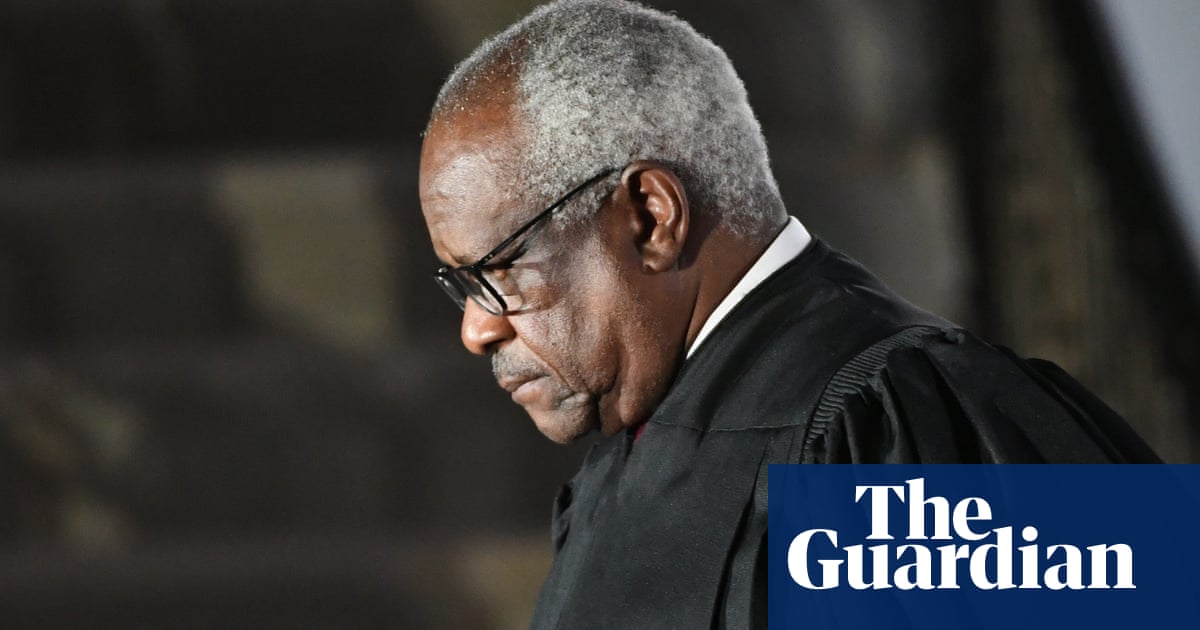There is “no chance” that the search for the British TV doctor Michael Mosley on the Greek island of Symi will be called off until he is found, the island’s mayor has said, after the search was described as “a race against time”.
Mosley, 67, has been missing since Wednesday afternoon when he decided to walk from the beach he was at with his wife, leaving his phone behind. The search and rescue operation, which involves divers, helicopters and drones, is now in its fourth day.
There has been no sign yet of Mosley, said Manolis Tsimpoukas, a search organiser, as firefighters resumed their search covering a four-mile (6.5km) radius on the island’s mountainous terrain.
The mayor, Eleftherios Papakaloudoukas, questioned how anyone could survive in the scorching heat gripping the island, with the mercury topping 40C on the day Mosley disappeared. Symi and nearby islands are under a yellow weather warning for high temperatures and the mayor said the search dog was only able to work for an hour on Saturday morning due to the heat.
Papakaloudoukas said the area where Mosley is believed to have walked through was “difficult to pass” and was “only rocks”, and there were “loads” of snakes.
Mosley’s four children arrived on Symi on Saturday to assist with the search, the mayor said, joining Mosley’s wife, Dr Claire Bailey, and her friends. Mosley and Bailey arrived on the island on Tuesday.
On Friday, CCTV images of Mosley were released showing him shielding himself from the sun with an umbrella outside a restaurant in the village of Pedi, providing the first piece of concrete evidence that he made it to the village. The images were taken about 20 minutes after he left St Nikolas beach at about 1.30pm local time.
While Bailey has been searching for her husband in a wooded area above the village of Pedi, search teams now believe Mosley travelled through a much sparser area on the other side of the bay, Papakaloudoukas said, citing other CCTV evidence. Police have instructed taxi boats to raise the alert if they see anything strange after the search was expanded to the sea.
after newsletter promotion
Further CCTV footage from a house at the edge of Pedi’s marina showed Mosley on a mountain path that leads towards the island’s port town at about 2pm on Wednesday. A senior police officer coordinating the operation said of the development: “In some ways the mystery has only deepened. Now we have to ask where did he go from there, and if he took another unexpected route [to the port town] did he slip and fall? We’re still no nearer to solving this.”
One of the rescuers told the PA news agency that it would have taken a fit young person three hours to walk to the port from Pedi – the path on which Mosley is believed to have embarked after he reached the village. “The path is not easy to follow, if he took a wrong turn he would be lost. He could be anywhere, it is a race against time,” the rescuer said of the little-used path, which runs over inland terrain rather than along the coast.
The mayor’s daughter, Mika Papakalodouka, said some of the island’s 300 permanent residents were out searching for Mosley. “It’s such a small island to get lost on. It’s so weird for us. Everybody is worried and looking for him.”









